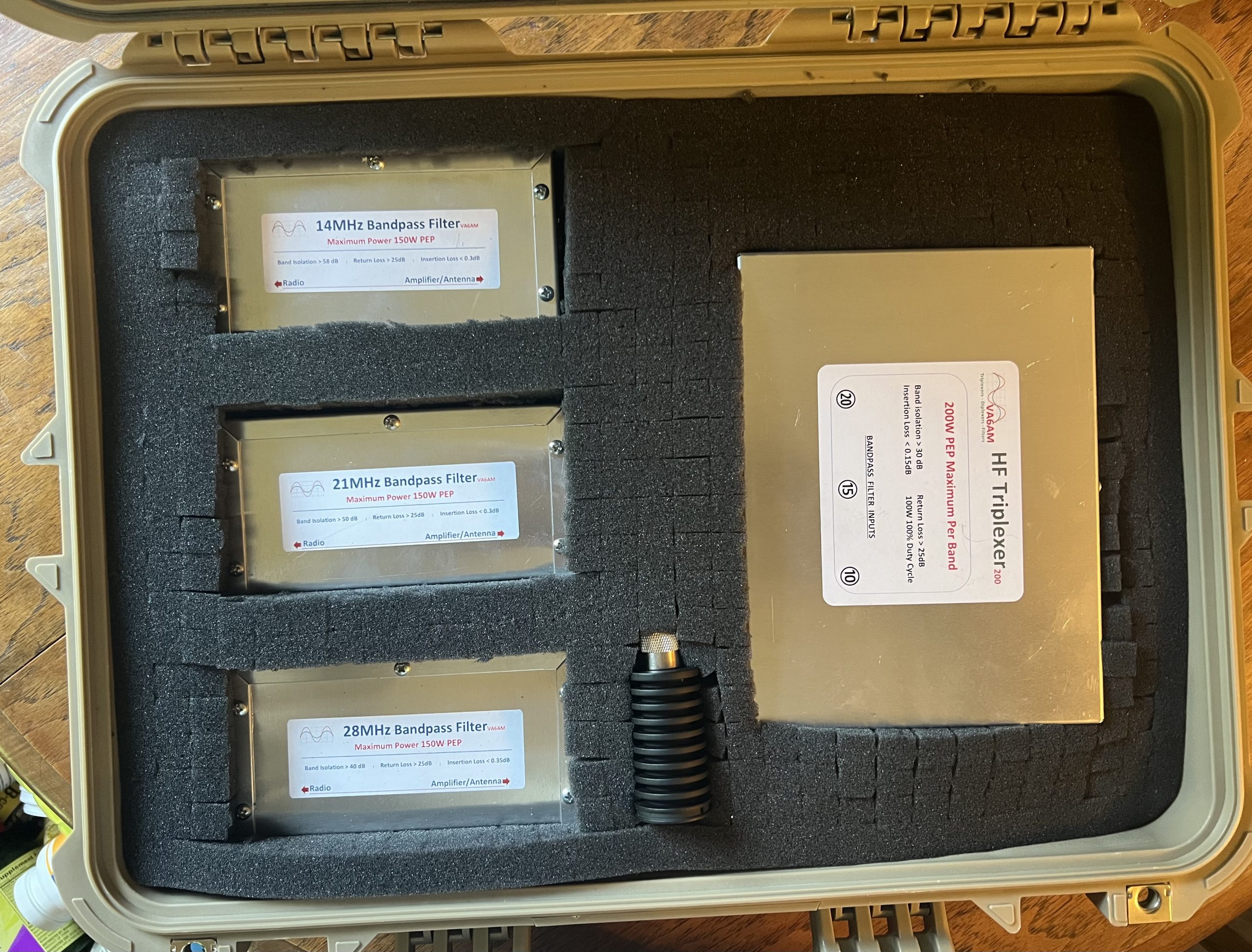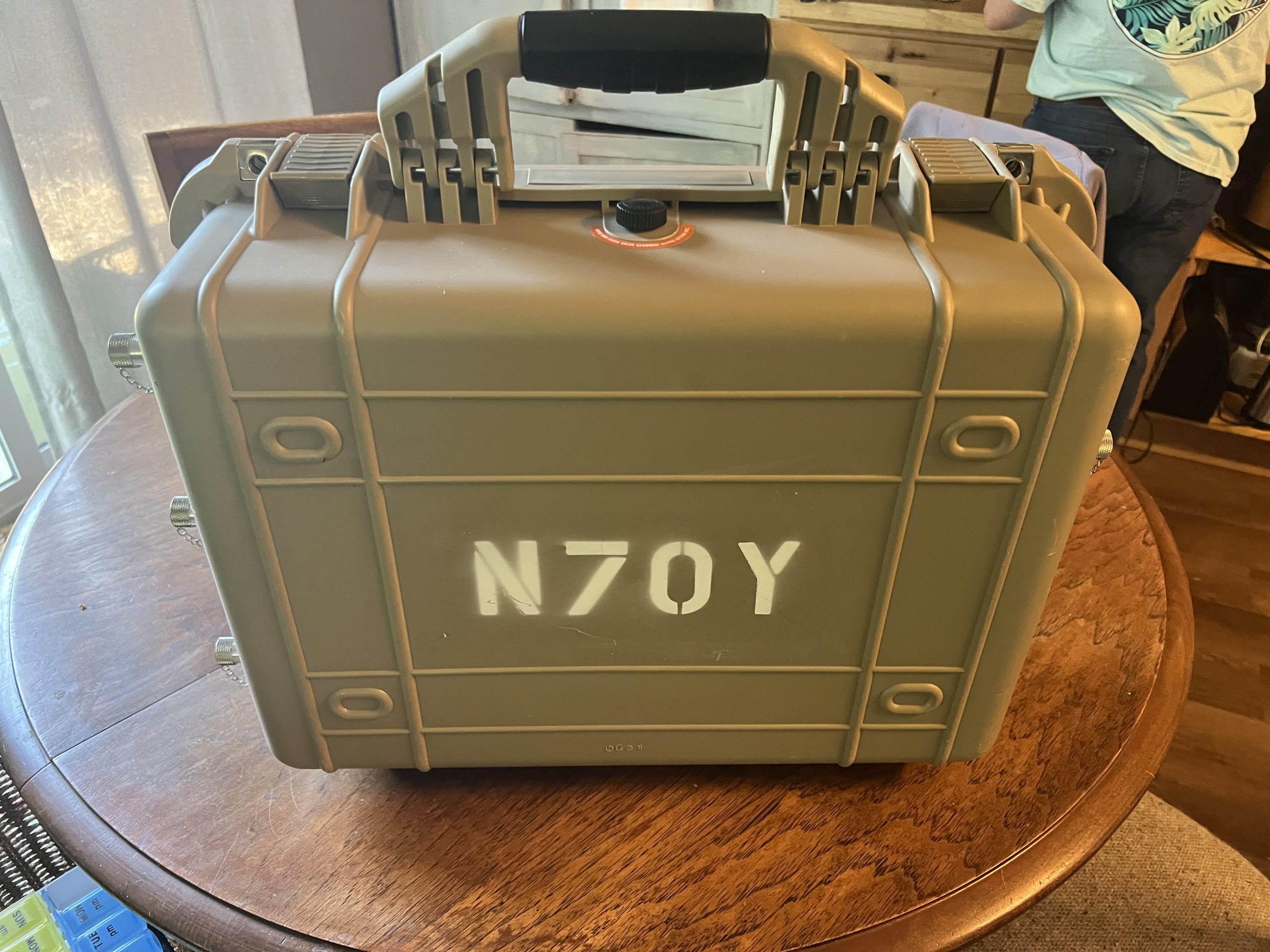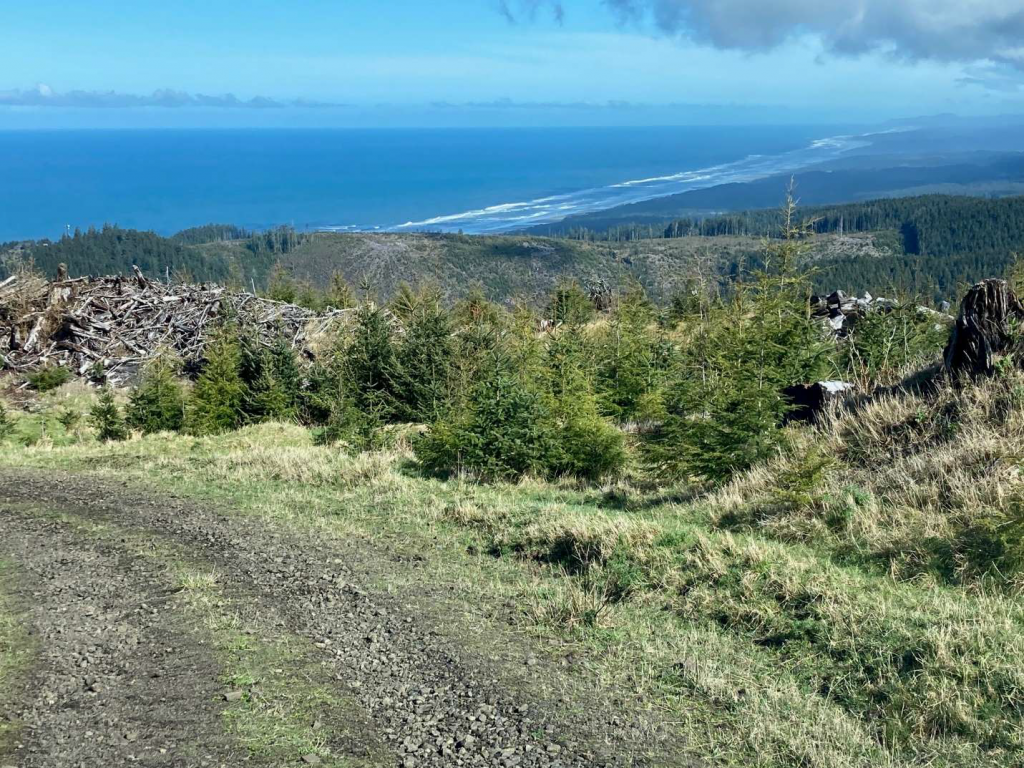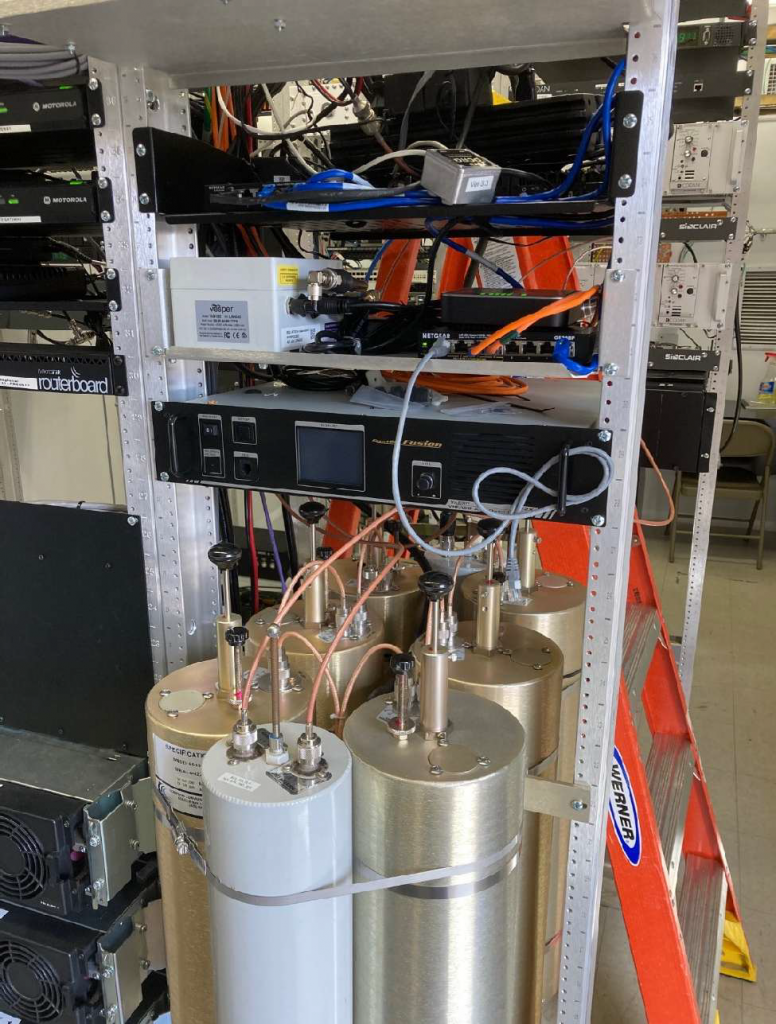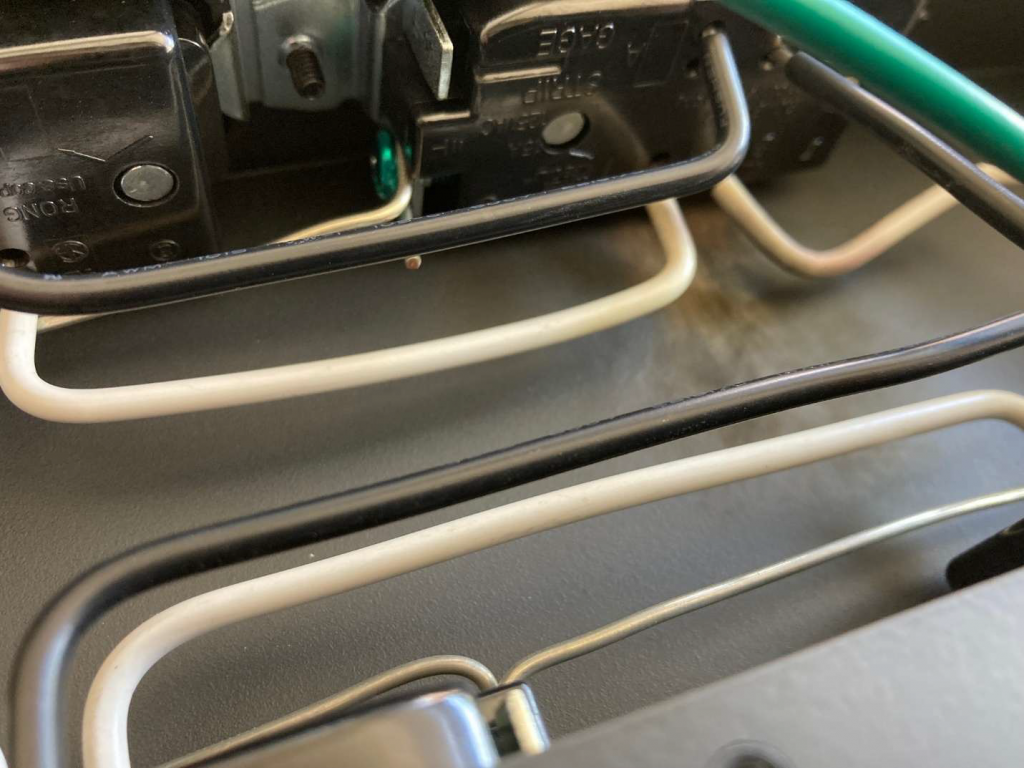Did you ever have a fire on the beach?
Chuck W7CRG
A couple of years ago, while up at Sea Pac in Seaside, I was invited to go to the beach and observe hams operating portable stations. Seemed like it would be a great spot to set up a radio and it can be fun to sit around a beach fire. Fun except for the carrying of firewood, blankets and the like down to the beach. But I was only going with the group. I probably would not end up in the role of pack animal. That was a thought but not a realistic thought.
It was fun and we had some good conversations. The station they had set up did OK and made some good contacts. It also took me back to growing up in Taft on the same Oregon coast where the logs and firewood was plentiful and you didn’t have to buy and pack wood for a fire; it was all over the beach, just gather it up!
OK, have you ever had a fire on the beach? I guess the next question would be, how old were you?
I was probably ten or so years old. We, my friends and I, would spend a lot of time on the beach, both the ocean beach and the Siletz bay’s beach. You are probably asking, “Your mother let you go down on the beach by yourself when you were ten years old?” Well, yes because it was a different time and because I asked if I could go play with Ricky. I didn’t ask if I could go down on the beach. The sand in our clothes probably gave us away but we were allowed a certain amount of leeway and as I said, “It was a different time.”
Building a fort in the multitude of logs on the beach was always an adventure and a great creative exercise. How do we construct it? What about food and water? Do we have a good view from inside as well as from outside the fort? How do we have a fire without setting the whole beach ablaze? Can we attack the other guys fort from ours?
We boys of the mid 1950’s were products of “the greatest generation” which meant our parents and their friends had weathered WWII. Most of us had wonderful treasures from garages or surplus stores such as canteens, ammo belts or helmets which were much too big and much too heavy. We “attacked” each other either with toy weapons or pieces of driftwood that we thought looked like a certain weapon we had seen in a movie or one of the numerous “combat comic books”.
We were a generation that in years to come, found there was nothing “comical” about war but we went just like our fathers and uncles did and served where and how we could. But as kids, we built “forts” or shelters in among the driftwood and logs on the beach.
One of the best forts we made had a stove made from a tin one gallon paint thinner can which had a chimney to vent the smoke out and a door to feed the sticks into the fire. That was special and was probably the third or fourth version of a heat source.
But the “piece d’resistance” was the periscope made from stove pipe and mirrors. It was only eclipsed by the “dirt clod launcher” made from a bicycle inner-tube and a giant “Y-shaped” branch that allowed us to shoot a clod fifty yards or so. The launcher was abandoned when it’s payload landed about ten yards behind a high school guy and his girl walking on the beach. They were so enamored with each other they didn’t notice. The aim wasn’t supposed to be anywhere near them but the “Y-shaped” branch was not secure and moved to the left just as we let go of the cloth holding the clod. We were so afraid the guy was going to come and get us that we used secret evacuation route #1 and skidaddled out of the area.
As we grew older, notice I didn’t say matured, fires on the beach were a coed occurrence and the fire was crafted so as not to provide too much heat thereby giving those attending a chance to cuddle and ward off the cool coastal air. It didn’t seem to matter where you sat around those fires, the smoke would eventually give all of us teary eyes and that beach fire smell. But, we were young and who cared, it was our version of all those great teenage parties in the movies … minus the surfboards, bikinis and witty lines.
The best beach fires occurred on the 4th of July! Food and drinks were part of the fun. That is if smores, burnt marshmallows or wieners and cokes are considered food and drinks. Then the fireworks would shoot off the Taft dock and every once in a while more than was meant to go off, went off. Then it was put out the beach fire and go up to the Taft skating rink for a band and dance. The bands were traveling groups usually out of Portland. If I remember right one was Paul Revere and the Raiders and another time it was “Louie Louie” and the Kingsmen. Ah, yes those were the days my friend …. Now my “dance moves” are just a memory and climbing over logs on the beach is a non-starter.
However, building a portable station, such as the one they used at Sea Pac can be fun and useful for both recreation and emergency situations. You will learn what works and what doesn’t. You will learn that size and weight are considerations. You will learn more than you knew existed about antennas and feed lines. You will also meet people who find you operating and want to know more about ham radio.
Just as a suggestion, I would forget about the beach fire. When the smoke drifts your way, and it will, you will either have to endure the burning eyes and coughing or move your station. Moving will probably solve the problem for a little while; but, the smoke will find you. I advise dressing warm and using some form of lighting rather than building that beach fire.
As the weather improves, enjoying the Oregon out-of-doors becomes more and more a reality and an attraction. For some of us older ones it also becomes a memory.
Build a portable station and get out and on the air!
7 3
W7CRG Chuck Gerttula

